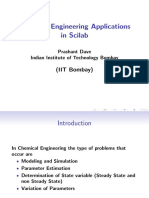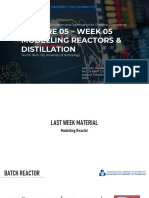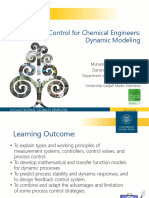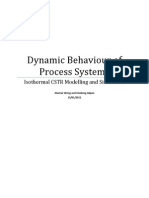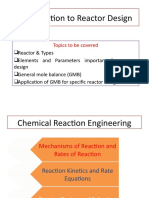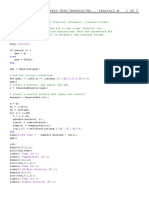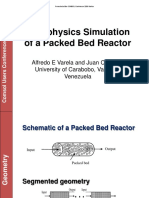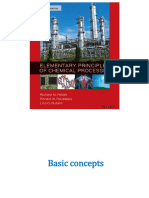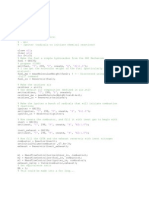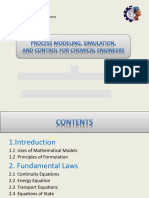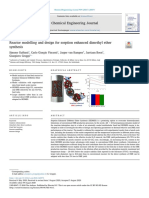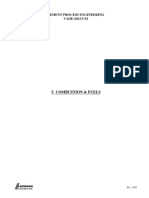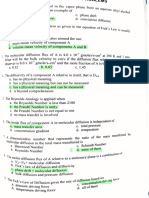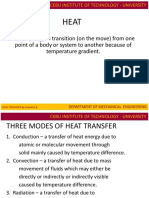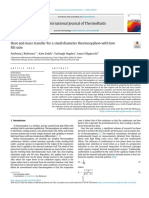0% found this document useful (0 votes)
46 views8 pagesHands-On - Developing Your Own Distributed Model
The document outlines a hands-on session for simulating a catalytic tubular reactor system for methanol synthesis, focusing on reducing CPU time while maintaining accuracy. It provides detailed instructions for constructing a 2D gas-phase plug flow reactor model, including parameter and variable definitions, equations for mass and energy balances, and simulation steps. The session encourages experimentation with different discretization methods to observe their effects on simulation results and CPU time.
Uploaded by
Jesus RodriguezCopyright
© © All Rights Reserved
We take content rights seriously. If you suspect this is your content, claim it here.
Available Formats
Download as PDF, TXT or read online on Scribd
0% found this document useful (0 votes)
46 views8 pagesHands-On - Developing Your Own Distributed Model
The document outlines a hands-on session for simulating a catalytic tubular reactor system for methanol synthesis, focusing on reducing CPU time while maintaining accuracy. It provides detailed instructions for constructing a 2D gas-phase plug flow reactor model, including parameter and variable definitions, equations for mass and energy balances, and simulation steps. The session encourages experimentation with different discretization methods to observe their effects on simulation results and CPU time.
Uploaded by
Jesus RodriguezCopyright
© © All Rights Reserved
We take content rights seriously. If you suspect this is your content, claim it here.
Available Formats
Download as PDF, TXT or read online on Scribd
/ 8



